This pub is closed permanently. Your nearest Wetherspoon pub: The Rocket
The Railway Bell was built not long after New Barnet station opened in 1850, as part of the general development of the area.
An illustration of the Lancashire & Yorkshire Railway Radial Tank Locomotive, no. 816.
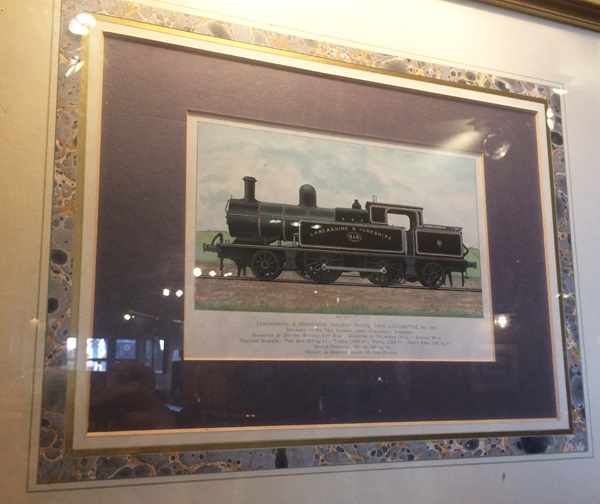
An illustration of the Caledonian Railway Express Locomotive, no. 766.
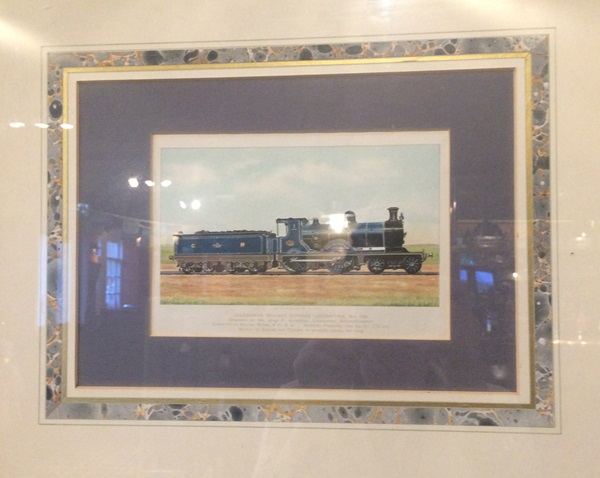
An illustration of the Caledonian Railway Express Locomotive, no. 50.
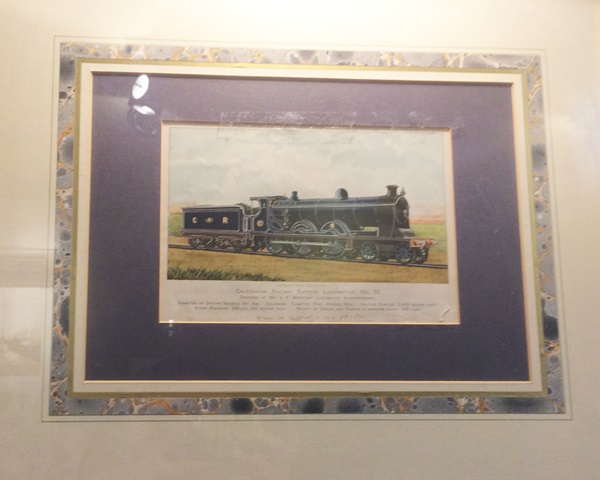
Photographs, an illustration and text about development in the area.
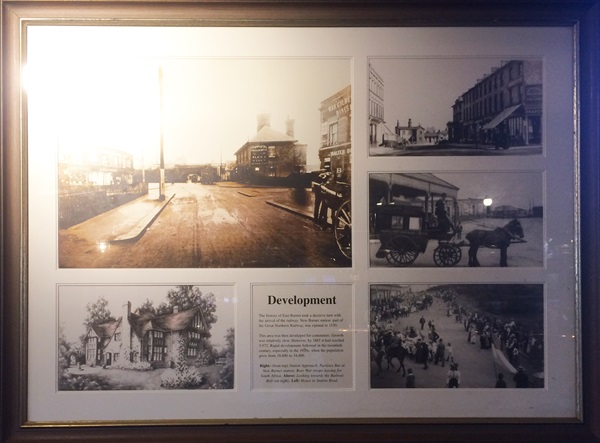
The text reads: The history of East Barnet took a decisive turn with the arrival of the railway. New Barnet station, part of the Great Northern railway, was opened in 1850.
This area was then developed for commuters. Growth was relatively slow. However, by 1881 it had reached 3,972. Rapid development followed in the twentieth century, especially in the 1930s, when the population grew from 18,600 to 34,400.
Right: (from top) Station Approach; Parsloes Bus at New Barnet station; Boer War troops leaving for South Africa
Above: Looking towards the Railway Bell (on right)
Left: House in Station Road.
Photographs of East Barnet Road, c1908.
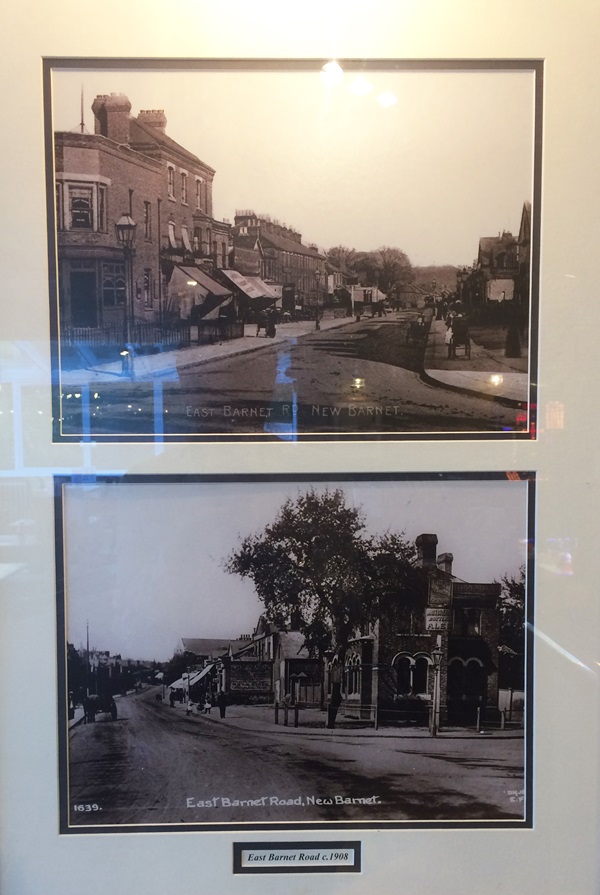
A photograph of Lytton Road, New Barnet, c1905.
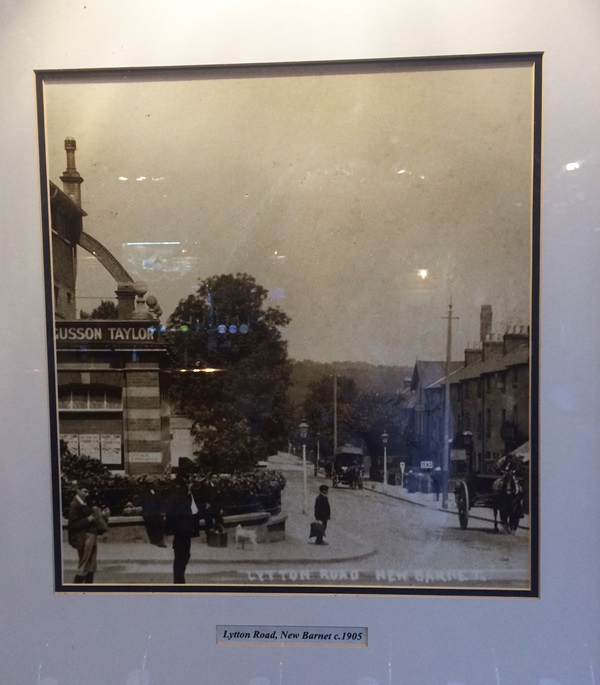
If you have information on the history of this pub, then we’d like you to share it with us. Please e-mail all information to: pubhistories@jdwetherspoon.co.uk